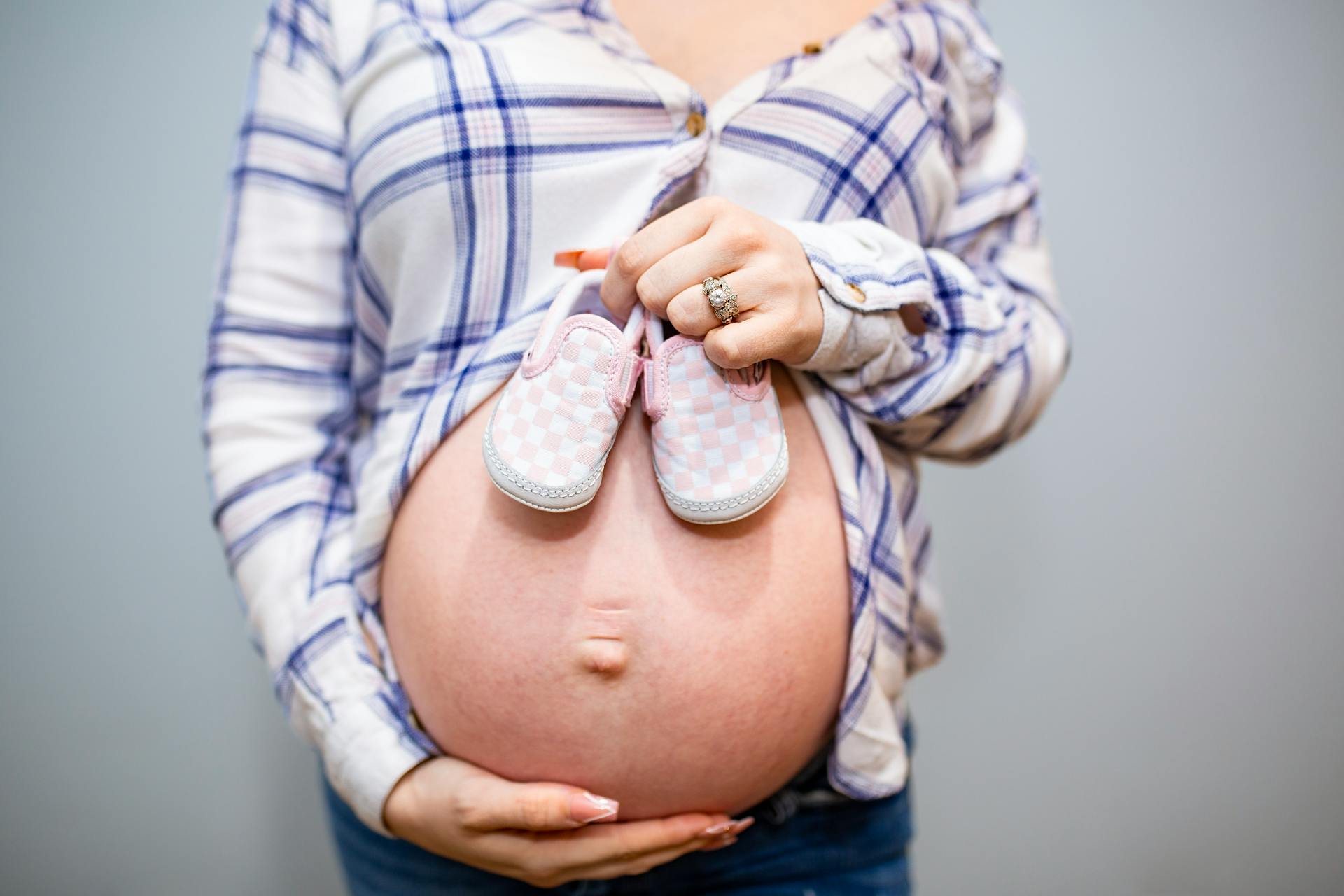Bringing a new life into the world is an incredible experience, but it also comes with significant emotional and physical changes. Many new mothers experience a mix of emotions after childbirth, from joy to exhaustion. However, when feelings of sadness, hopelessness, or anxiety persist, they may indicate postpartum depression (PPD). Understanding the symptoms, causes, and treatments of PPD can help new mothers seek the support they need.
What Is Postpartum Depression?
Postpartum depression is a mood disorder that affects some women after childbirth. It is more intense and long-lasting than the typical “baby blues,” which are temporary feelings of sadness, mood swings, and fatigue that many new mothers experience. Unlike baby blues, which usually resolve within two weeks, PPD can persist for months and interfere with a mother’s ability to care for herself and her baby.
Signs and Symptoms of Postpartum Depression
PPD symptoms can vary from mild to severe and may include:
- Persistent sadness, crying frequently
- Feeling overwhelmed, hopeless, or worthless
- Difficulty bonding with the baby
- Withdrawing from family and friends
- Loss of appetite or overeating
- Trouble sleeping, even when the baby sleeps
- Extreme fatigue or lack of energy
- Irritability or mood swings
- Difficulty concentrating or making decisions
- Thoughts of harming oneself or the baby (in severe cases)
If a mother experiences any of these symptoms, it’s essential to seek medical help as soon as possible.
Causes and Risk Factors of Postpartum Depression
PPD does not have a single cause. Instead, it results from a combination of physical, emotional, and lifestyle factors. Some of the main contributors include:
1. Hormonal Changes
After childbirth, the levels of estrogen and progesterone drop suddenly, leading to chemical changes in the brain that can trigger mood swings and depressive symptoms.
2. Sleep Deprivation
Caring for a newborn is exhausting, and lack of sleep can make it harder to cope with daily stress, leading to feelings of anxiety and depression.
3. Emotional Stress
Adjusting to motherhood, feeling overwhelmed by responsibilities, or struggling with self-doubt can contribute to the onset of PPD.
4. History of Depression
Women with a personal or family history of depression or anxiety disorders are at a higher risk of developing PPD.
5. Lack of Support
A lack of emotional, physical, or financial support from family and friends can increase feelings of isolation and stress, making PPD more likely.
6. Complications During Birth
Difficult labor, premature birth, or medical complications for the baby can increase a mother’s stress levels and contribute to postpartum depression.
How to Diagnose Postpartum Depression
If a new mother suspects she has PPD, she should consult a healthcare provider. Doctors use screening tools like the Edinburgh Postnatal Depression Scale (EPDS) to assess symptoms. They may also perform physical exams and review medical histories to rule out other conditions that can cause similar symptoms.
Treatment Options for Postpartum Depression
PPD is a treatable condition, and several approaches can help new mothers recover. The best treatment plan depends on the severity of the symptoms and personal circumstances.
1. Therapy and Counseling
- Cognitive Behavioral Therapy (CBT) helps mothers recognize negative thoughts and develop healthier coping mechanisms.
- Interpersonal Therapy (IPT) focuses on improving relationships and communication to reduce stress and emotional distress.
2. Medication
- Antidepressants can be prescribed to help balance brain chemicals and improve mood. Some medications are safe for breastfeeding mothers, but always consult a doctor before starting any medication.
3. Lifestyle Changes
- Getting Enough Sleep: Taking turns with a partner or seeking help from family members can improve rest and reduce fatigue.
- Healthy Diet and Exercise: Eating nutritious foods and engaging in light physical activity, like walking, can help improve mood.
- Social Support: Talking to loved ones, joining support groups, or connecting with other new mothers can provide emotional reassurance and reduce feelings of isolation.
4. Hormone Therapy
In some cases, hormone replacement therapy may help balance estrogen levels and alleviate symptoms of PPD.
Preventing Postpartum Depression
While PPD cannot always be prevented, taking proactive steps can reduce the risk:
- Educate Yourself: Learning about PPD before giving birth can help women recognize early warning signs.
- Build a Support Network: Surrounding yourself with supportive friends and family members can make the postpartum period less stressful.
- Manage Expectations: Parenthood is challenging, and it’s okay to ask for help when needed.
- Practice Self-Care: Taking breaks, engaging in hobbies, and prioritizing mental well-being can make a significant difference.
When to Seek Help
If symptoms of postpartum depression persist for more than two weeks, interfere with daily life, or include thoughts of self-harm, seeking medical help is crucial. Early treatment can make a significant difference in a mother’s recovery.
Final Thoughts
Postpartum depression is a common but serious condition that requires attention and care. Understanding its signs, causes, and treatments can empower new mothers to seek help and recover. With proper support, treatment, and self-care, mothers can overcome PPD and build a strong, loving bond with their baby.
If you or someone you know is struggling with postpartum depression, don’t hesitate to reach out to a healthcare professional or a support group for guidance and assistance.
















